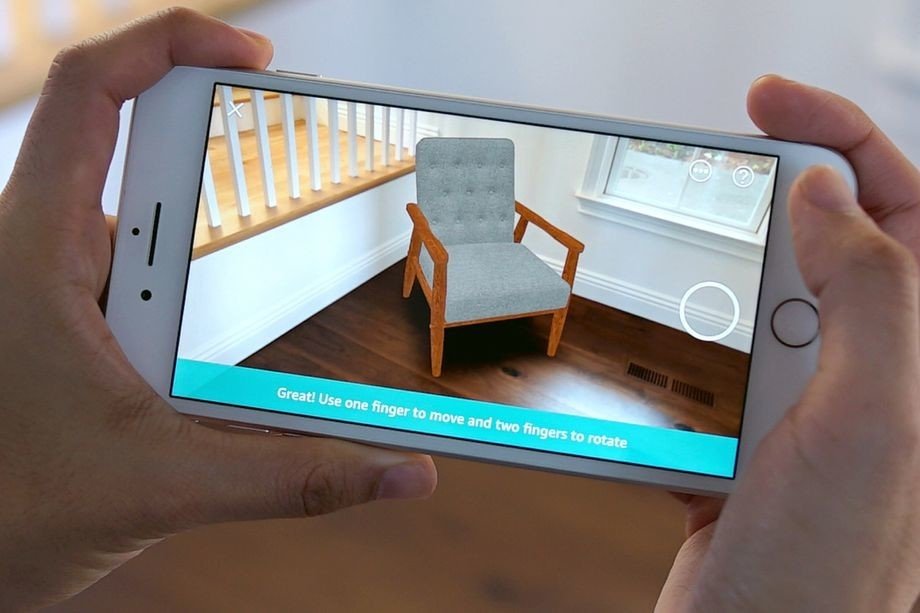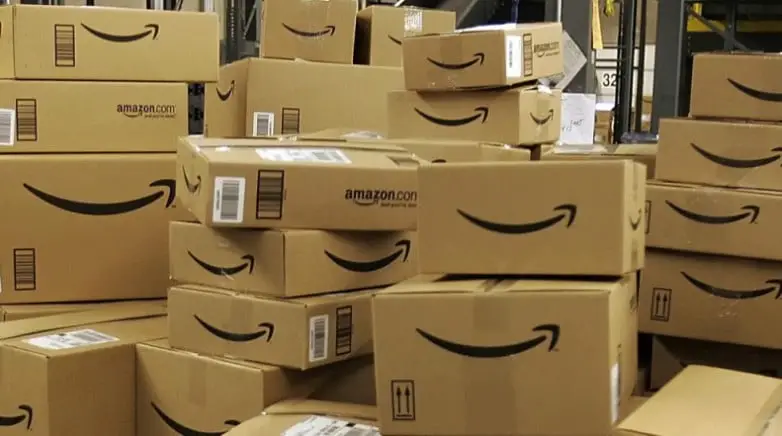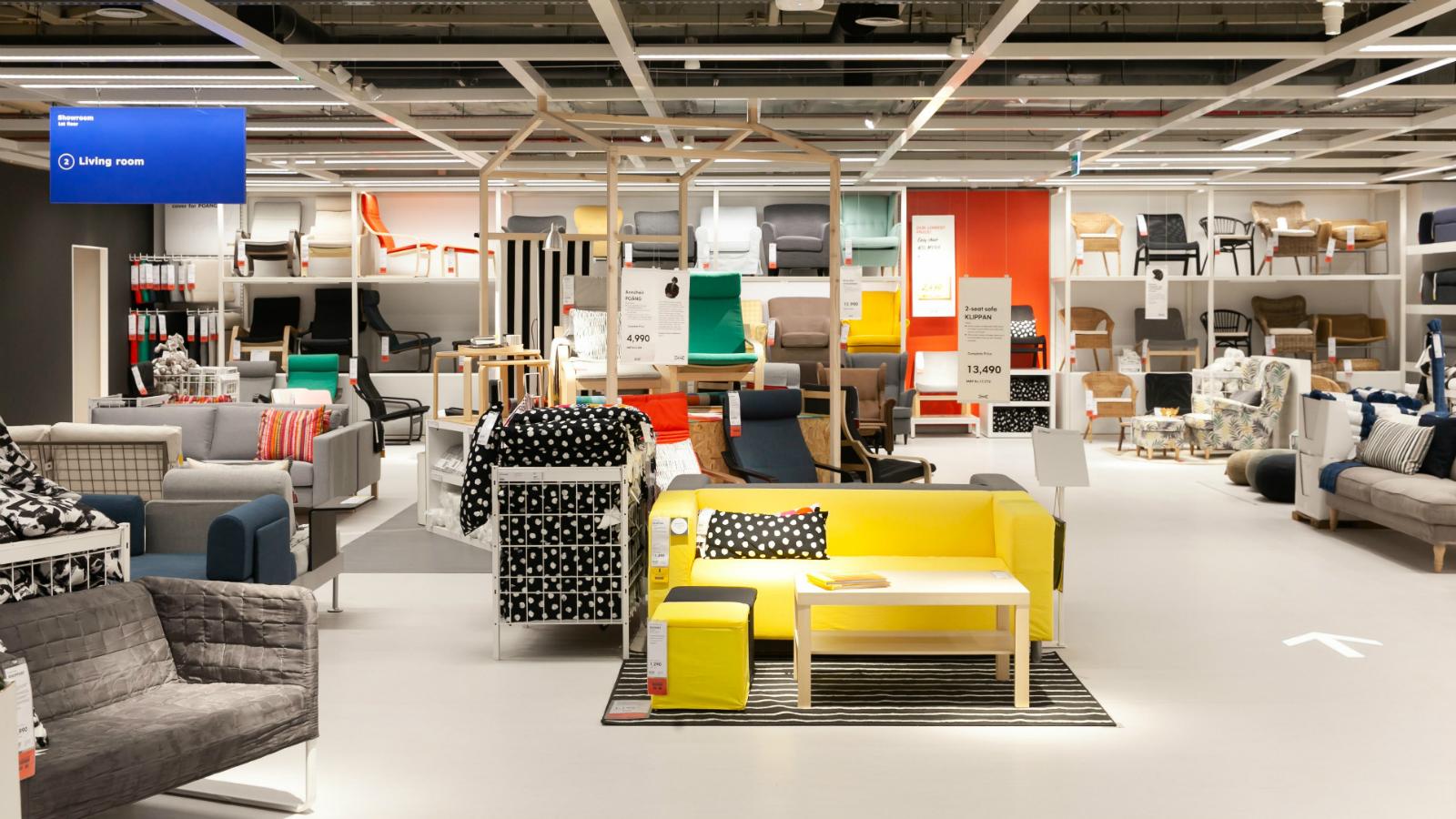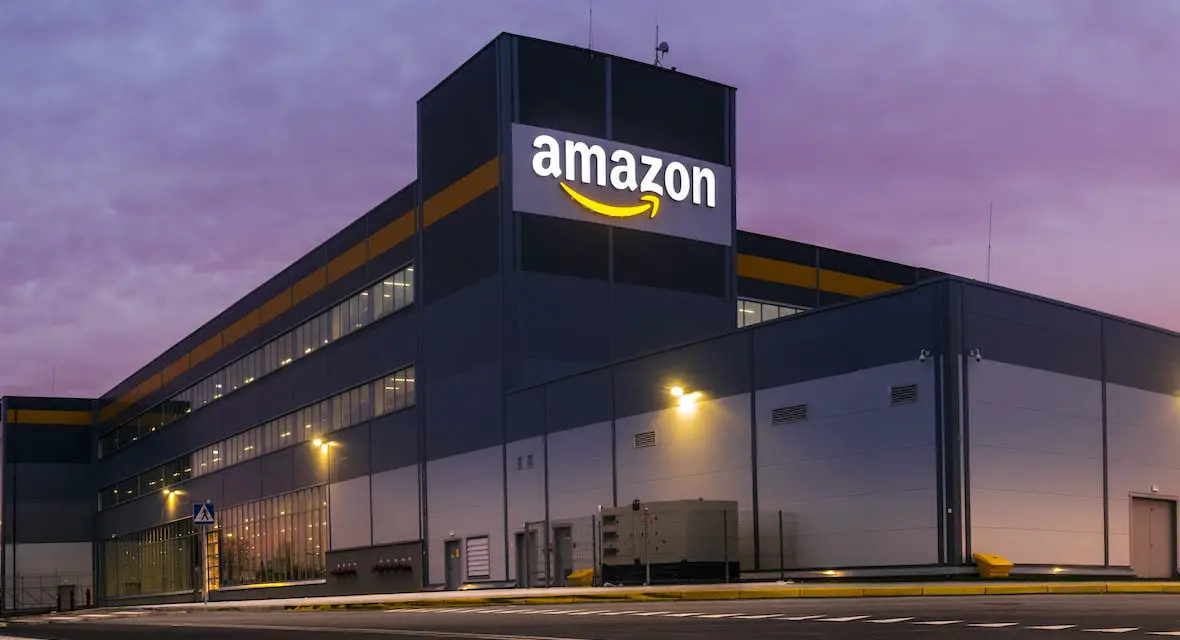Amazon has become a strong commercial competitor for all kinds of sectors, now it wants to compete with IKEA by selling furniture, and the company’s strongest weapons are augmented reality, private labels, and free shipping.
Amazon wants to compete with IKEA using augmented reality
Following this strategy, last year Amazon presented ‘Room Decorator’, a tool created for its website that allows you to place furniture both in your own space and in a given space. The objective is none other than to be able to visualize the size and appearance of furniture in a more convincing way thanks to augmented reality.
For now, this tool is only available on the Amazon Shopping app for iOS, but it means that Amazon is taking another step forward in its commitment to selling furniture, after launching a less advanced version of augmented reality in 2017 (again, only available for iOS).

Augmented reality allows the user to visualize how furniture or household products would look in the space itself. However, the old Amazon application only allowed the consumer to see one product at a time, while the new tool now allows the user to place several so an entire furnished room can be visualized this way.
No matter how much you measure the available space at home and compare it with the measurements of the desired furniture, it is not always clear how much space it would occupy.
Of course, other competitors have thought of this idea, such as IKEA, which also in 2017 launched its own augmented reality app, IKEA Place, which allows you to place practically all of the brand’s furniture and elements in your own space. Although not all Ikea products are included.
Although for now, Amazon has only opted for this technology with Apple, it also allows you to view it in some form from the web browser and from the Android application. This second option, however, only allows you to see the products in black, which gives an idea of the size but makes it difficult to visualize the appearance.
They will offer free shipping
Amazon has been clear from the beginning that this should be its strong point. Although shipping costs on the web depend on the seller, Amazon’s own brands, Movian and Alkove, have free shipping and flexible and extensive return conditions.
As in any website, the center of trust is the user reviews. Some products even reach a thousand reviews from buyers who are generally satisfied with their purchase and who even share photos to add veracity and perspective. When the product has no reviews, the only thing left to do is cross your fingers and trust.
Amazon has also opted for something that IKEA also has, payment methods. Since both entities allow payment in installments. In IKEA, the installments depend on the product and you must have a VISA card of the brand itself, while Amazon has established four fixed installments to be paid within 90 days for any product.

At this point, IKEA defends that they have always been exposed to competition and this pushes them to do things better. They explain that the business model, the way of conceiving stores, and the “democratic design” have propelled them in the sector and that their age (more than 70 years) has made them a successful brand. It is not easy to take on a large empire, but neither is it easy to take on a giant like Amazon.
With this new technology, which the U.S. brand has been developing for more than a year, Amazon hopes that customers will find it attractive to buy furniture from home. Unlike brands such as IKEA, where the strength of the purchase lies in the in-store experience, Amazon wants to offer a technological experience through the design of a room.
This situation leaves the choice to the consumer’s taste because while in IKEA you can see pre-designed rooms and have a similar application, the ease and versatility of tools such as ‘Room Decorator’ allow you to buy with agility and order without thinking twice due to shipping costs.
Amazon has more than 150 brands
Amazon‘s ability to enter new markets is amazing, to the point that it already has more than 150 brands. Most of them are related to the textile sector, although it also sells its own products in food, technology, pets, and even hardware sections.
Undoubtedly, fashion is its big bet and it fully trusts its brands, since on its own website you can see how it places these next to other well-known brands such as Lacoste, Vans, etc. In the decoration segment, apart from the aforementioned, it has furniture and products that fall under the Amazon Basics brand, as well as the classic furniture brand Ravenna Home.
The challenge of selling furniture without the buyer being able to try it out
Amazon started out as an online retail website, but its ability to grow and its owner’s desire to expand has taken the brand into all economic spheres. Not only have they already jumped on the financial services bandwagon of many large technology companies, but they are also competing with well-established brands that see their reign endangered by one of the largest companies in the world.
Although the U.S. company has been selling furniture for a long time, a few years ago it bet on this segment and decided to launch its own brands and take others as exclusives. Several entire catalogs of decoration can already be purchased on the web.

At a time when online sales are crossing all segments, both products, and services; it seems that there are some sectors that are resisting, such as clothing and furniture. Many people don’t want to buy a pair of pants without having tried them on and many others don’t want to buy a sofa without having been able to lie down on it.
Some brands, such as IKEA, although they have implemented their web store quickly and effectively, lack the advantages that encourage people to buy online; mainly, affordable shipping costs.
The brand has failed to optimize its stores in central locations, having to travel to the outskirts of cities to see most of their products in person is not the most fun thing. Although IKEA has not lost strength in the furniture market, many decoration stores have put their efforts into improving home delivery service in order to compete.





